13 ways to spot a fake influencer (fakefluencer) on Instagram
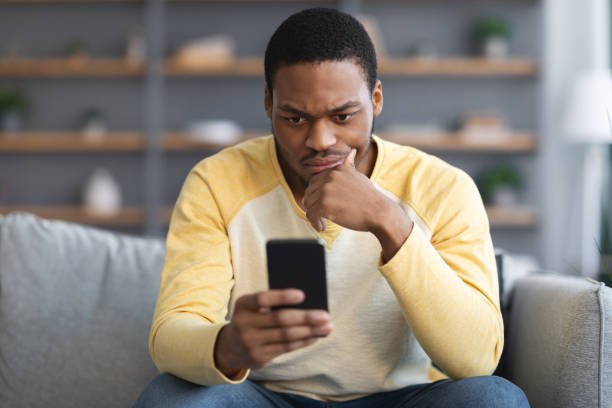
Reason for this post: Just 1. Authentic bloggers are shun away.
This is not for me. It’s for all of us – PR’s, brands, the bloggers/influencers, the public and ESPECIALLY for the people who do this full-time since it’s their bread and butter. Try putting yourself in the place of influencers who slog their a#’s off day n night and… overnight an “influencer” pops up outa nowhere with a higher follow count + engagement rate. ğŸ˜
Fake influencers are detrimental to marketing campaigns! They charge $1000’s/post for nothing..
Note: Social Blade unfortunately does not work anymore due to Instagram’s new API. Thus, we can only see the data till April 2018. 😕 Hopefully, that will be beneficial and if not you can either use the softwares I’ve mentioned or research your own for others. Feel free to comment below if you’re aware of any!
All the information below is backed up by sources and isn’t “invented” by me. This article is created and brainstormed with the help of several bloggers. Additionally, exceptions are always there. 🤷
Let’s get one thing straight, shall we?… What IS an influencer?
☑ Can make “a group” of people (50+) take a specific action, which takes more than a small amount of effort, at the click of your fingers. 👌
☑ Has had significant success in their field of work (in a company, personal brand, helping other businesses) and “a group” of people respect their advice and will consistently take action, at the click of their fingers, based on their advice/ recommendations. ğŸ˜
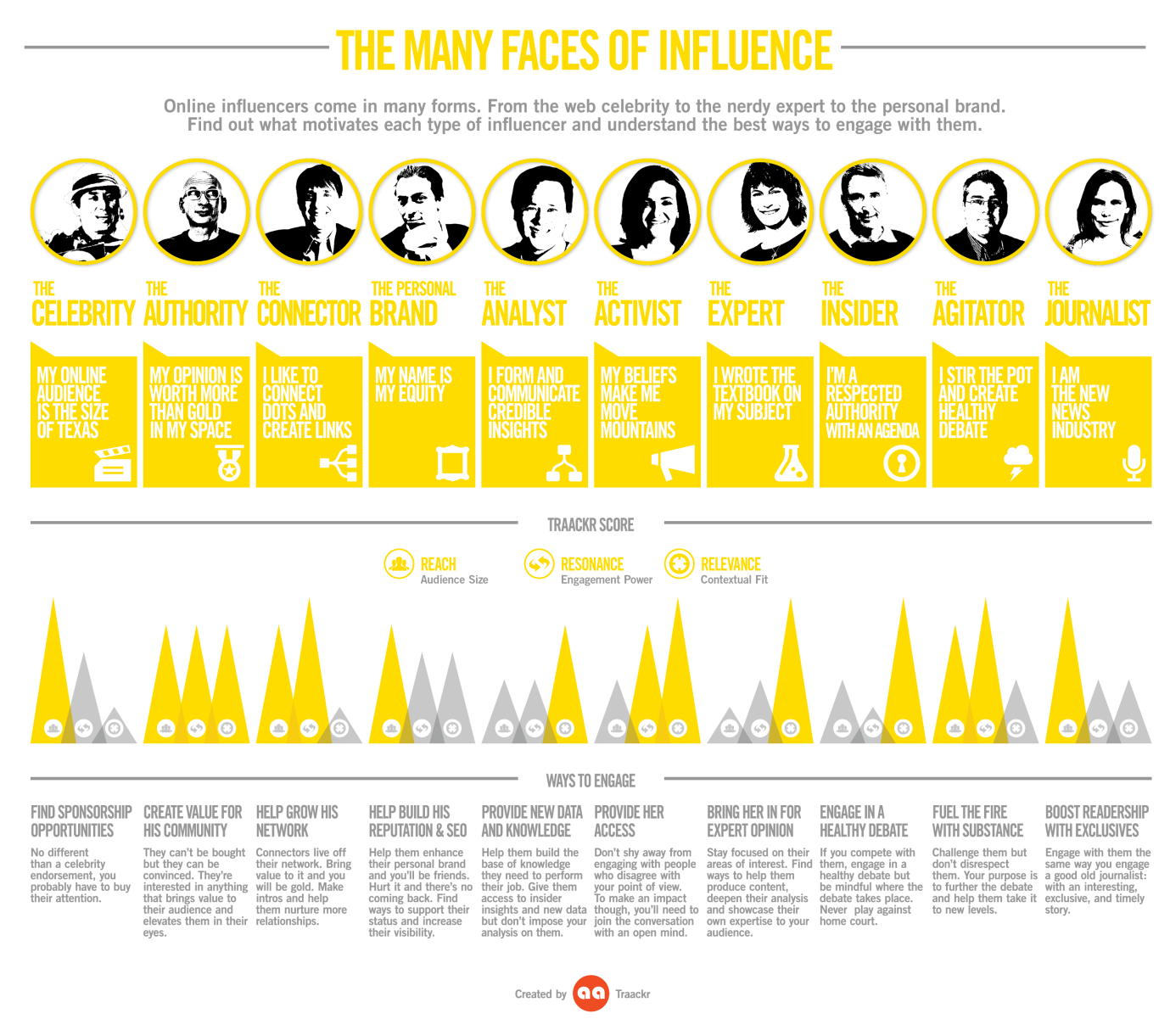
An “influencer” is not a person who has 500 followers or even 1000. Not even 10,000. Maybe, even I’m not an influencer! 🤷 Let the PR’s decide. Do you really see yourself influencing a person to buy a product when you yourself state every cream or foundation you get for free is good? Is that cake really that good like 100 other cakes you’ve had? 🤦”â™€ï¸ (We need to mend how we promote a product)
Additionally, big publications are allowing contributors to write ‘Top 10 [insert topic] Influencers’ lists which are not backed by data and are merely the opinions of the contributors. Not only that, I’m sure a lot of these contributors are simply giving out favors to get in these ‘Influencers’ good books. 😕
1 – Assess the follower count
Social Blade should be your influencer bible. You can catch a fake “influencer” within a few seconds! 😉
On an average, a blogger/influencer gets anywhere between 0-200 followers/day depending on their popularity. Lets put this into perspective – Forever21 has 13m followers and gets ~1000 followers/day, HudaBeauty has 19m followers and gets ~5000 followers/day, MuradOsmann has 4.6m followers and gets ~400 followers/day, SazanHendrix has 765k followers and gets ~500 followers/day. 😮
Pictures below show the stats/graph of bloggers who have ~60k+ followers. Is it really possible for this blogger to get ~2k followers a day? It is only possible if you’ve been #reposted by a celeb! 😯 If the tallied picture on the right is not convincing, look at the 2 graphs below of 2 different bloggers. See the jump in the number of followers! It’s supposed to be a smooth increasing graph! 🤔
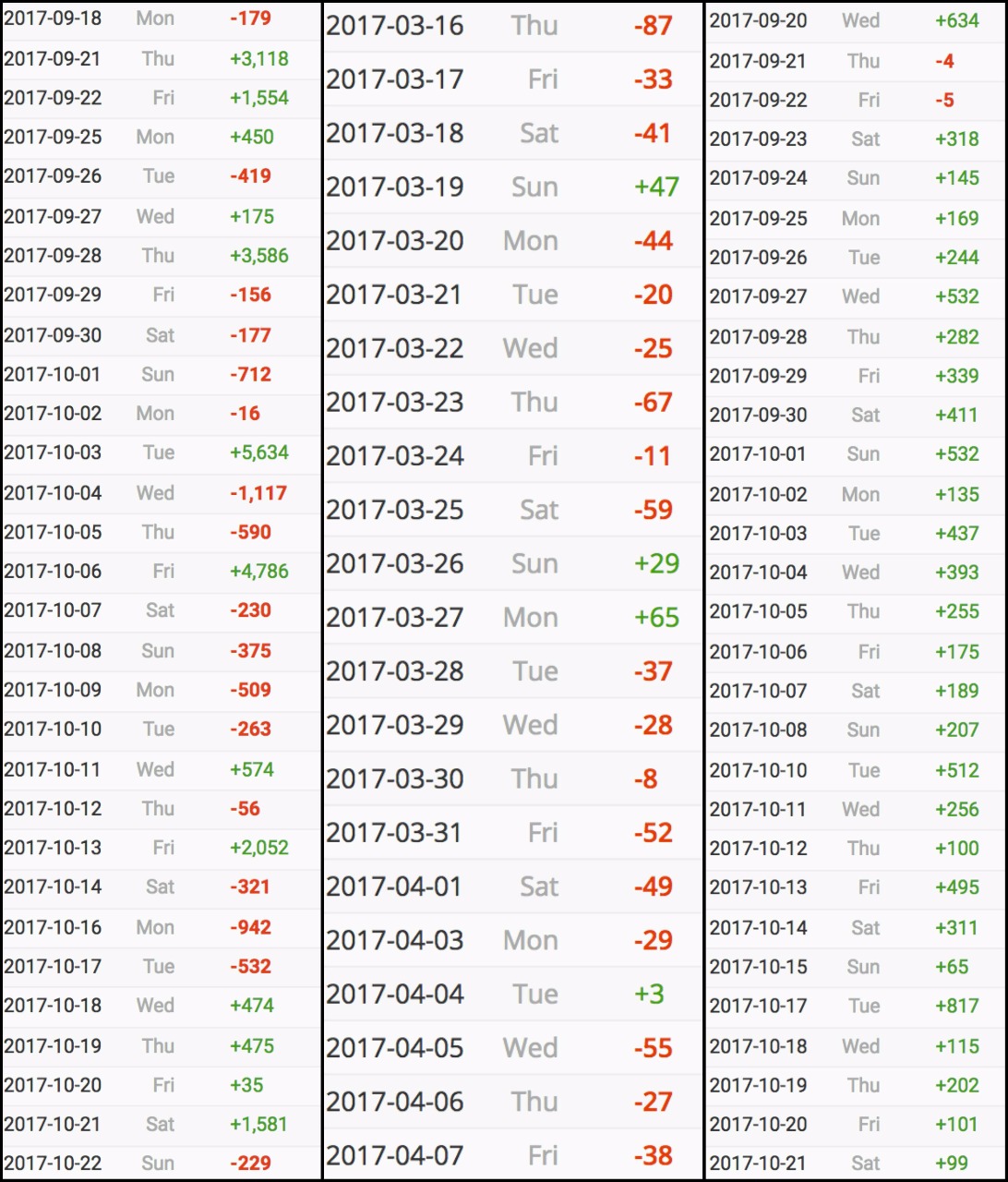


Note: Social Blade unfortunately only shows the tally for a month. Scroll down and view the graph of 3 months?
UPDATE: Dubai is a small city, in the media, everyone pretty much knows everyone. If there are a group of people, of probably 20 people and not a single person knows about this ‘super famous influencer’, they’re most likely fake. 🤔
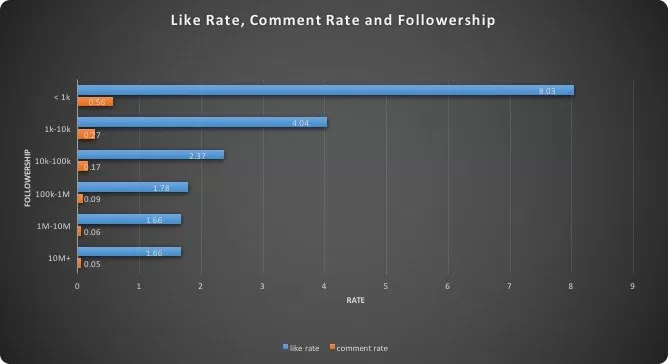
An influencer cannot have an exorbitant number of followers + a high engagement ratio considering the fact they’re not even known. There are engagement groups all over the world, an influencer can easily get comments/likes/followers automatically. Additionally, assess the engagement type aka understand the type of people that are engaging with an Influencer’s content. 🤔 This is particularly important to identify fake engagement. If a significant portion of an Influencer’s engagement is coming from outside their followers, it is likely that they are signed up to an engagement app or engagement pod (I personally am not against pods but having over 30 comments or 100 from a pod is ridic). These users that are engaging with their content, are very unlikely to turn into customers for a brand – so why would you want to pay for it? 🤷
2 – Engagement Groups
Don’t believe the 100+ comments you see on EVERY.SINGLE.PICTURE in an ‘Influencers’ page. ☠In order to play with the algorithm, almost all bloggers *worldwide* are in “Engagement Groups” (google it). It’s a tit for tat kinda thing, you comment on my picture and I comment on yours. However, we need to be in these groups as it’s getting tough to beat Instagrams algorithm! ☹ Click here to read about that. We can’t have 0-2 comments on our pictures, right?! We need to pop up on feeds.
Where are these groups? Everywhere. Instagram (max of 15 people in a group), Telegram or WhatsApp (1000+ people – the worst), Facebook, anywhere! 😱
It is okay to be in 3-4 groups or engage with around ~30 people if you upload 3+ images/day (that gets split to around ~10 comments per pic). BUT, I know bloggers who “engage” with 100+ people on Telegram or are on 7+ Instagram groups!!! #wtf ??? 😳
If you have 90k+ followers, 100+ comments and 4000+ likes on EVERY picture; your engagement % = +5%!!! Congratulations, you have an engagement rate higher than Barack Obama ? 🤣 A good engagement rate is always between 1.5-3%. Having engagement of only 1% is okay. Click here to learn how to calculate and here to see other celebs engagement rates (all less than 3% ish).
I used a software to illustrate how the comments of 2 bloggers suddenly increased out of nowhere 😳….
Good Example
Needless to say, these are the types where your followers ask you questions, tag their friends, etc ğŸ‘

Bad Example

This does not mean that influencers who have very few comments are fake. A follower can’t comment on every single picture!! This eventually makes us, real influencers feel threatened and, the ones who get weak, resort to buying engagement! 😩
I have images that have received a mere 20 comments but over 20k impressions.
3 – Number of likes to follow ratio
As explained in my article, realistically, 2-3% is a really good amount of likes to get from your total number of followers, but it’s more typical to get between 1-2%. I have seen bloggers with ~1000 likes and 10k followers = 10% likes. Seriously? They’re more famous than a celebrity… 🤣
4 – Every single post is a 10/10 and the number of posts to follow ratio is off
You have 150 posts and 30k+ followers or 1000 posts and over 100k followers. How? Caveat – They may have just deleted their older pictures. 😯
Unless they’re a celebrity who just joined the platform, there is no reason an influencer would have a massive following without the content to back it up. Some social media influencers will delete underperforming posts to make their more successful posts look like the norm. This tricks brands into thinking they have higher engagement levels than they really do. I have seen influencers pages with an audience of over 150k with only 23 posts. 🙄
A genuine account will have a variety of posts, some of which are more popular than others.
5 – Tagged photos
Most of the influencers often get tagged by non-bloggers, brands or even microinfluencers constantly. This is usually done since those people want to grow their eminence or show the influencer what they’re up to everyday. 😃
If the influencer only gets tagged by their friends or hasn’t been tagged for months by others, they mostly have 0 engagement with their audience, I personally don’t think brands would want to collaborate with such influencers. ğŸ˜
6 – What they’re promoting
A fake influencer will continuously post about the most random topics, from utensils to cars, banks, fitness, gadgets, food, detergent, or even furniture. This proves that these influencers are only in it for the cheque they get at the end of the month. 🤢
PS: An ‘influencer’ can have his her own moment of wanting to promote things that are outside their comfort zone/usual topics. Sometimes they just want to help create awareness on specific topics that will be beneficial to the public. I will not deny, I do this, but moderately. 🤷
Additionally, if this is an influencer’s bread and butter, to make their ends meet they will do this more. It all boils down to how the content is produced and how it resonates with the other posts.
P.S. In case you want to make money through Instagram, here’s a definitive guide on affiliate marketing on IG.
7 – Stalk their followers/people who liked their pictures
If (consecutively) their follower’s pages look like this. You know it’s bought.

Additionally, personally, I don’t believe what comes out of the site www.followercheck.co (a site that used to exist) or www.igaudit.io, there is no substantial evidence it’s true. 😕 Due to our hashtags, several bots follow me too via other people bots (such as Instagress, etc) and the people I am convinced are fake influencers, the site shows they have bought only a few 1000’s followers. Social Blade says otherwise 🙄
8 – Sphere of influence
I don’t mean hiding behind their car or outside their office. Research on which magazines have posted about them? Have they written articles for magazines? What brands have interviewed them? What brands have they collaborated with? Was the result, “quality” content or just “quantity”? 🤔
You must go to Google and search for their real name. What usually happens with a fake influencer is, you won’t be able to find any information about them. Better yet, they’ve never written for or been published by any publication/magazine.
Influencer marketing company MediaKix ran a campaign earlier this year to show how easy it is for people to build fake accounts and attract brand attention. 🤔 Both of their fake accounts, ‘calibeachgirl310,’ and ‘wanderinggirl,’ don’t exist anywhere else on the web either by their Instagram name or their “real” name. Given their follower counts in the tens of thousands, this didn’t make much sense. 😂
9 – Impression Slopes (specifically for PR and media agencies)
‘Social Blade’ unfortunately does not work anymore, but websites or software’s like it can give you graphical representations of the increase in follower count, impressions, reach, etc for a specific span of time. Most of the time influencers buy impressions for specific posts or specific weeks in order to trick agencies to believing they’re famous or have a high engagement %. 😦 I know of a software called Crowd Analyzer (I’m sure there are many like these), that actually illustrates the same. I’ve seen my own graphs or detailed representations of when I lost a certain number of followers when I posted something they may not have liked/resonated with. 🤕
At the same time what agencies must understand is, every post CANNOT be a 10 on 10. So calculating the engagement % just for the first 9-12 images, is not enough to prove the influencers worth. Agencies are the main reasons influencers buy followers because they need to PROVE their worth which resorts to them using unfair means. There is more to an influencer than just a %. See their worth, eminence and hard-work. It’s a 2-way road. 🔄
For Influencer accounts that have organic growth, there tends to be a fairly consistent trend line of follower/impression growth. For accounts that have purchased either, you can see the growth spikes very inconsistently and rapidly from day to day or week to week.
10 – The ‘Profile Visits’
Instagram now shows ‘The Reach’ on top of a business profile. Fakefluencers take a screenshot for their Instastory to show their ‘highlights or latest posts’ but lil do they know they gave out a lota info. 🤣 I’m not sure if you can buy this yet, if you can, I’m not surprised. But I’ve seen influencers with 1M followers having 66k visits, 65k followers having 5k visits or 15k followers having 500. Hmmmm 😛
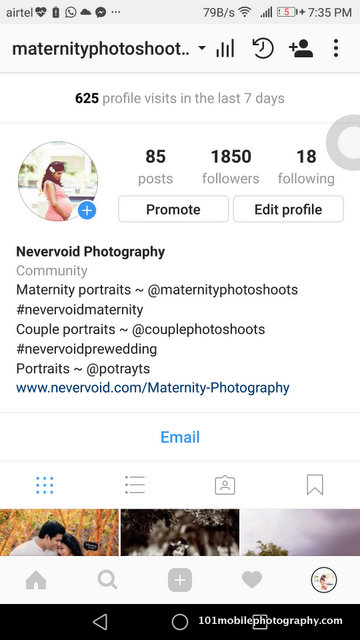
11 – Ask for proof
Before a collaboration, I am usually asked to either meet the brand or show my analytics via screenshots, or both. I personally feel, if brands pay a large chunk of $$$, they do have the right to ask for the influencers phone to see their analytics. 👠This takes me back to what I said earlier, what if they bought impressions from online that particular week? and this further takes me to my next point..
12 – Beware photoshopped stats!!
So-called “influencers” flaunt their insights on their stories all-the-time. You either dig in deep to figure how it’s rigged or else….. #doomed 😩
Below are the 4 reasons why I feel it’s fake. I even did an analysis via Social Blade. See the graph and the number of followers received per week. ALSO, the words “Top Posts”, “Stories”, etc should be in CAPS.
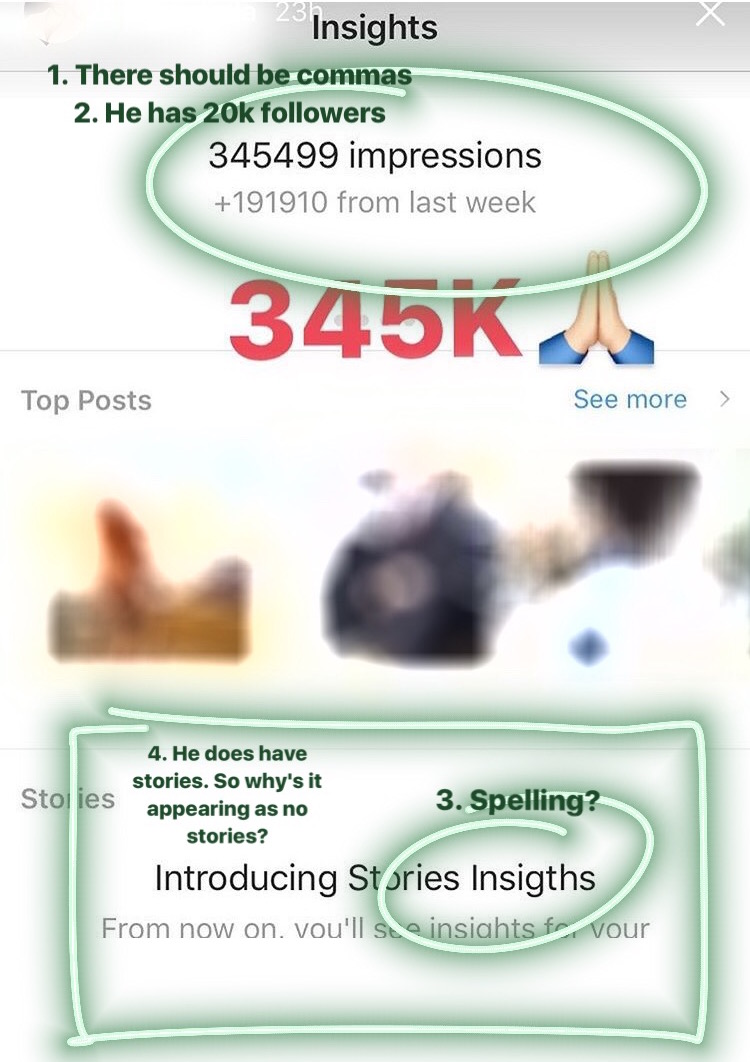

Additionally, impressions don’t matter anymore… here’s why…
UPDATE: Majority of the time, fakeflueners, crop the time/date on top of the screen in order to have one screenshot they can broadcast to any agency that asks for it. Be mindful of the time and the network on top. 😯
13 – Demographics
There are several softwares that can show you where the influencers followers are from (one I know of is Deep Social – you get 5 free credit on signup and every credit you buy after is just about $1. 1 credit = analyzing 1 influencer). Majority of the time, fake influencers fake followers aren’t even from the same city they live in, this is the biggest red flag. 🚩 For e.g. demographics of fake’fluencers in UAE have China, Russia, Brazil, Germany, Indonesia, etc in their Top 5, but not UAE. That’s fishy! Beware: it is possible to buy fake followers now, from specific locations (gaah yes, tough)! ğŸ˜
Deep Social Reliability: My top 5 from Deep Social are UAE, Brazil, India, USA and Germany. Whereas from my Instagram app directly, it’s UAE, India, USA, Saudi and UK. There are discrepancies when it comes to demographics in the software, but the other %’s are almost same give or take 4-5%’ish. 🤷
Whereas, under ‘Audience Credibility’, I’m at 97%, but a fake influencer (who many bloggers are aware of) who has over 100k followers with only about ~500 real followers (as she/he gets only like 200 views on their stories) has a credibility score of 97% too. Eeeeks! 😬 Probably those fake followers are actual accounts but are not recognized as bots?
From what I’ve seen Deep Social is great in order to study the audience groups/sects of an influencer, but in terms of their credibility score, it’s way off. 🤦”â™€ï¸ Wrt demographics, they only assess the most active followers by default irrespective of your follower count, thus, it’s negligible according to me as long as the city the influencer lives in at least appears in the Top 3.
Conclusion
Anything online can now be bought, from verification ticks to comments, followers, and even engagement. 😠It’s not that easy anymore to spot a fake influencer, but I can give you a tip or 2, or 3… In order to spot a fake influencer majority of the above boxes must be ticked. If only 1-2 boxes are ticked, ask the influencer for a reason, there may be a good explanation to it. 🤔 If they sidestep or refuse to answer the question, take that as a sign that they are a con artist. Remember, a good influencer will want to ensure your brand or product jibes with their audience, so they can promote you in a way which aligns with their content strategy. If something feels off, trust your gut and tactfully end the relationship. It’s just not worth it to work with someone you can’t trust, especially when trusting them with your brand. 🤷
A real influencer is a real person. They have a reputation to uphold, which means they won’t necessarily bend over backwards, just to promote your brand. There are authentic influencers out there. Give them a chance and please don’t generalise. 😊
Sources



